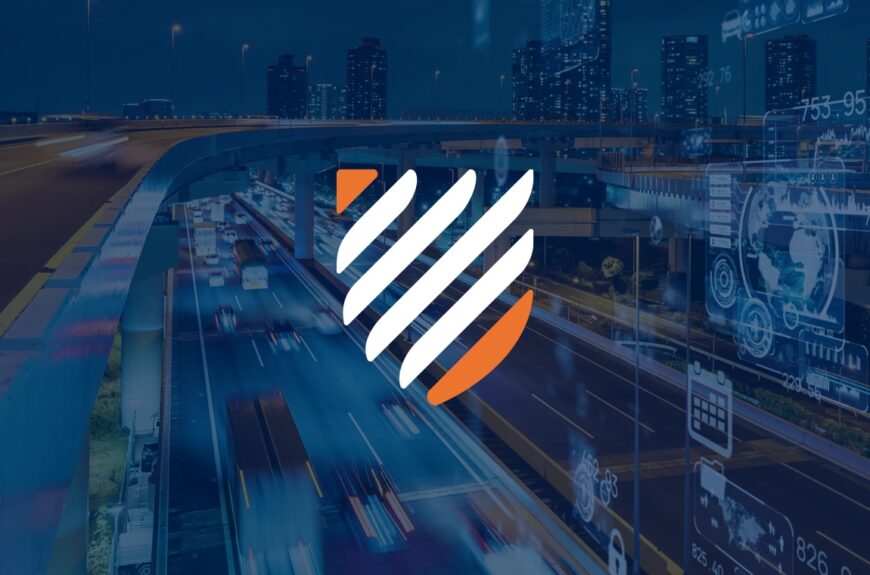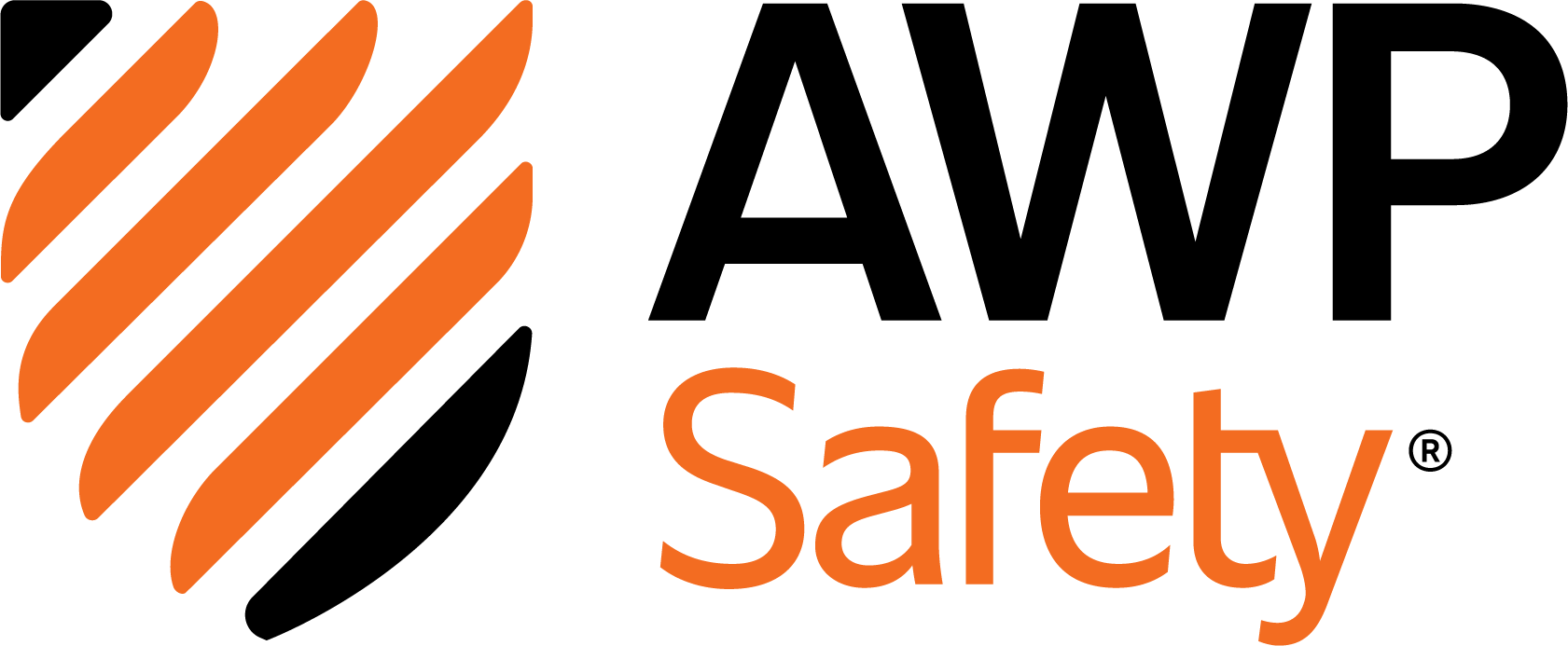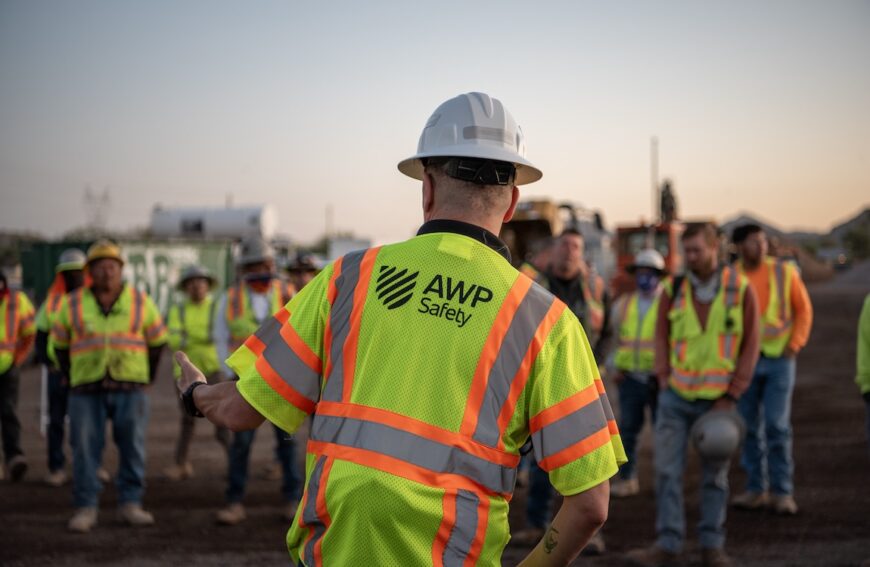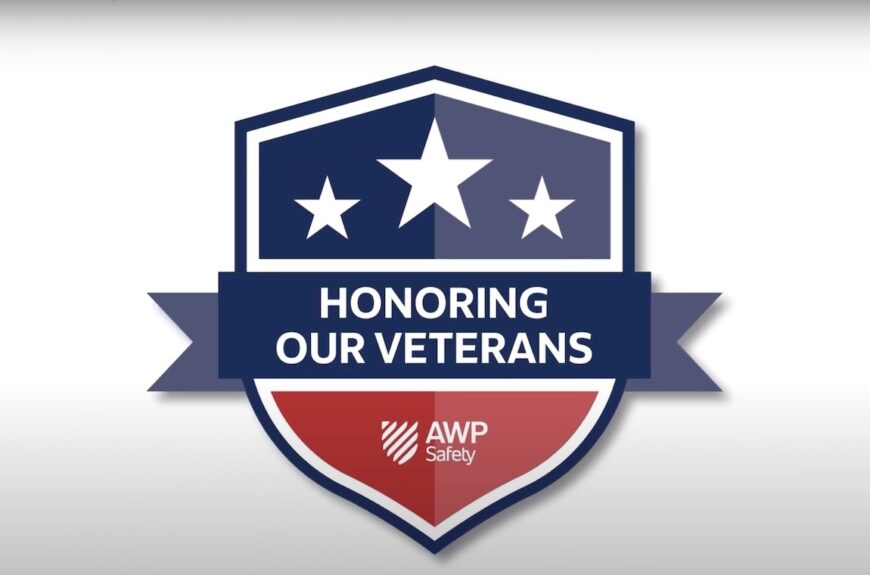
Data-Driven EHS and Traffic Control
How to Leverage AI and Data for More Proactive EHS Management
The emergence of AI and other technologies empowers environmental, health and safety (EHS) teams to proactively prevent safety incidents rather than reacting to them after the fact.
Michelle Marsh, AWP Safety’s senior vice president of EHS shares how leveraging the power of people and technology enables companies to better identify risks and continuously improve EHS outcomes.
Key Takeaways
- Across industries, Environmental, Health and Safety teams have evolved from “checking the compliance box” to embracing data-driven prevention tactics.
- Leveraging the power of people and technology enables companies to better identify risks and continuously improve EHS outcomes.
- AWP Safety leverages AI-powered vehicle telematics and cloud-based software to analyze everything from driver behaviors to the probability of seasonal injuries. The result is safer customers, crews and communities.
Q: Michelle, What’s Driving the Shift Toward Data-Driven Safety in Traffic Control?
Leaders are focused on three major technical priorities: gaining real-time visibility, integrating platforms and using predictive insights to drive smarter decision-making. For many teams, the challenge isn’t knowing what to do, it’s having the tools and time to do it proactively. That’s where technology plays a crucial role.
There’s also been a greater push for EHS teams to evolve from simply checking the compliance box to using data to actively shape safety strategies. That means analyzing trends, seasonality and location- specific risks — and designing training and mitigation strategies accordingly.
Q: What tools are AWP Safety using to collect and act on data?
Samsara technology has been a game changer. We use AI-powered dashcams in our work trucks to gain real-time insight into things like driving behavior and vehicle health. Video footage helps guide coaching conversations. Data helps us spot patterns and proactively create strategies to prevent potential events. For instance, if we see multiple speeding incidents and find that each one was preceded by a scheduling issue, we can fix future scheduling to remove the risk.
For safety beyond vehicles, like slips, trips and falls or weather-related injuries, we input and analyze injury data into a cloud-based EHS management platform. It helps us aggregate information, study the results and prioritize business discussions about safety programs — always with an eye toward intervention before an incident happens.

Technology gives us the clarity we need, but collaboration gives us the momentum to make change.
Michelle Marsh | Senior Vice President Environment, Health and Safety
Q: What results have you seen from these data-informed efforts?
Just by using AI dashcams, we’ve dramatically improved driver behaviors related to activities such as speed, seat belts and distracted driving. We also use tech to track vehicle inspections and preventative maintenance, which can help reduce roadside issues and improve crew readiness.
Another positive is how the data helps us align our training calendar with seasonal patterns. We can prepare crews to help avoid incidents like increased slips, trip and falls during icy conditions and heat-related illnesses in the hottest summer months.
Q: How Do you turn Data into Aciton Across Business Units?
You can’t approach safety in silos. Our EHS and operations teams work hand-in-hand to address issues that come to light through the technology we’re using. When we spot patterns, we meet with our local leaders and teams to investigate root causes and implement solutions. Often, we’re addressing very minor issues to avoid them turning into bigger ones.
That could mean updating protocols, launching a focused coaching initiative or coordinating with our fleet team to fix equipment. Technology gives us the clarity we need, but collaboration gives us the momentum to make change.
Q: How Does AWP Safety’s technology investment benefit customers?
Every time we prevent an incident, we’re protecting everyone on a work site: customers, crews and community members. As we gather more data, we’re in a position to advise customers on specific worksite setups that can reduce their safety risk and keep jobs moving on time and on budget.
For instance, we have data that’s shown injury risk can be greatly reduced by combining the use of rumble strips and Automated Flagger Assistance Devices (AFADs) in a worksite. Knowing that, a customer can make the choice to invest in a worksite that is compliant, or one that’s compliant AND maximizes safety for everyone.
AWP Safety is committed to using every tool available to build safer, smarter, and more resilient work zones. Learn more about how the company is transforming traffic control through integrated technology with insights from Jarrod Wachter, chief operating officer.



